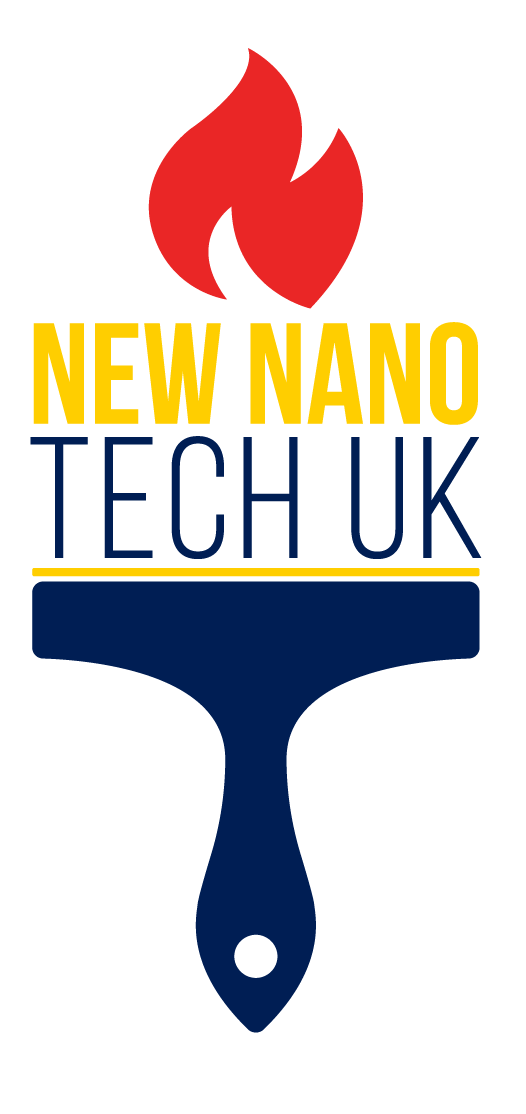Easing Tamoxifen, Aromatase Inhibitors Side Effects for Breast Cancer Treatment
Luteolin (5,7,3′,4′-tetrahydroxyflavone, 31) has shown strong activity in microsomal testing 120, 121, 133 and cellular testing with JEG-3 cells 125. 7,8-Dihydroxyflavone (16) was tested four times and has shown strong to moderate activity in microsomal testing 121, 123. Numerous other natural product extracts have been reported as “active” but actually, most of these exhibit only marginal to weak inhibition of aromatase (see Table 1). Aromatase inhibitors can be classified as either steroidal or nonsteroidal.
More on Breast Cancer
- A breast cancer that’s sensitive to estrogen is called estrogen receptor positive, also called ER positive.
- By doing so, DIM helps to maintain healthy testosterone levels, which are essential for muscle building, energy, and overall male health.
- It is thus possible that men with obesity induced HHG benefit from treatment strategies that target the underlying mechanism of the disease.
- Estrogen and progesterone are usually thought of as female hormones, but men have them in their bodies, too, just at lower levels.
- Methoxylation, however, decreases activity e.g., 7-hydroxyflavanone (56) was more active than 7-methoxyflavanone (58).
A progressive healthcare system would appreciate that the cornerstones of health are lifestyle, nutrition and exercise, and that most diseases are man-made. We are a very peculiar species, our intellect is as much a curse as it is a blessing. Most other species live in perfect harmony with their environment, humans on the other hand seem determined to work against nature, not with it. The lure of the destination is great, the journey is merely an inconvenience. We follow the path of least resistance and yearn for definitive answers to questions that have no absolutes. There are no straight lines or absolutes in nature because there is a fluidity and majestic complexity that enables harmony.
About breast cancer
Estrogen plays a role in modulating libido and erectile function, even in men. Some clinics will only administer testosterone once per week or even once every 2 weeks. In our experience, this leads to an increase in aromatase activity and consequently more estrogen then the same dose administered at least twice per week.
Thus, the initial step in investigating the ceRNA regulatory network involves predicting the target genes of DEmiRNAs. Among https://thuongxuanonline.net/nolvamon-20-mg-iran-hormone-a-comprehensive/ the DEmiRNAs, fru-miRNA-27b, fru-miRNA-27e, miRNA-27z, novel p, fru-miRNA-489, miRNA-489-y, novel p, miRNA-153-x, novel p, fru-miRNA-202, novel p, and fru-miRNA-135a, targeted many DEmRNAs/lncRNAs in ceRNA regulatory network. The miRNA-489 family was predicted to target hamp, kcnh2, pde11a, osbpl6, rnf23, gja3, gpr84, gsg1l, arhgap44, adm, cckar, cebpd, egr1, foxg1, furin, prkca, plppr5, sh3bp4a, slc7a8, and sybu genes.
Men with advanced breast cancer who are treated with an aromatase inhibitor also receive a GnRH agonist. This scoping review summarized the existing evidence from prospective studies of the full spectrum of interventions for AIMSS in women with breast cancer. Reviewed interventions included pharmacological treatments with a variety of mechanisms and as diverse an array of complementary/alternative and rehabilitative therapies. Nearly 60% of included studies tested the effects of complementary/alternative interventions.
What types of hormone therapy are used for breast cancer?
All of the most active compounds were of the flavonoid or xanthone compound classes, with the exception of the active sesquiterpene lactone and the active anthraquinone. The ability of flavonoids to inhibit aromatase has been well established 169, 170 and some flavonoids have continued into in vivo studies with various results 125, 148. Interestingly, Saarinen et al. 125 have shown that apigenin (8), chrysin (11), and naringenin (59) were all inactive using an in vivo AI mouse model. The AI activity of flavonoids needs further in vivo testing to substantiate the extensive and potent in vitro results. Various AI mouse models are currently available or in development, including a transgenic model that overexpresses aromatase 171, an aromatase-knockout mouse model 172, and a MCF-7 xenograft model 173.
